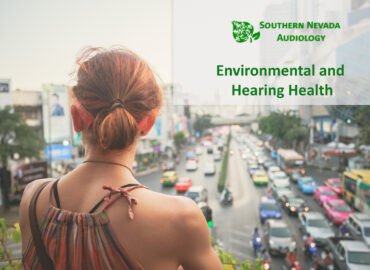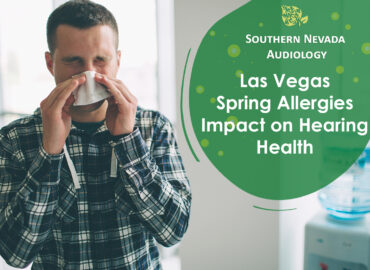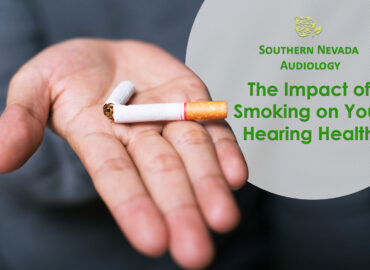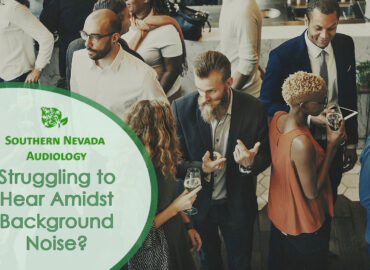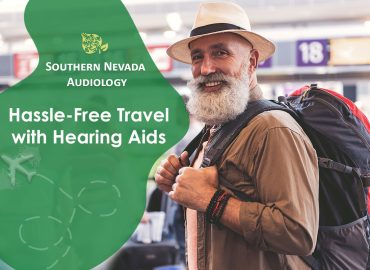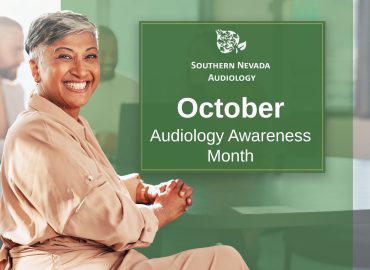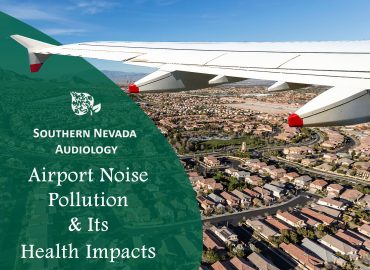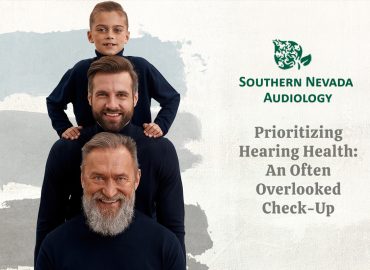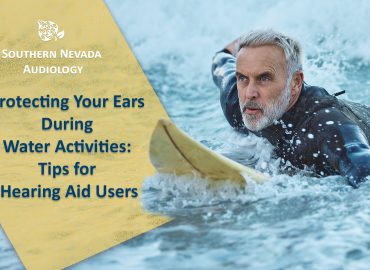Environmental and Hearing Health
On April 22nd each year, Earth Day serves as a global reminder to cherish and protect our planet for generations to come. In this blog post, let’s explore the intersection of environmental health and our hearing well-being. Although they may seem separate, these aspects of our lives are intricately connected. Our aim is to highlight how environmental factors such as air and noise pollution can influence our capacity to perceive and engage with the world around us. Through this exploration, we seek to nurture understanding and appreciation for both our environment and our hearing health.
Pollutants in Focus: Airborne and Audible
Various environmental factors influence human health, let’s focus on two prevalent pollutants: air pollution and noise pollution. Air pollution encompasses harmful substances like particulate matter, ozone, and nitrogen dioxide, often from vehicle emissions and industrial activities. Similarly, noise pollution stems from urbanization and industrial machinery, inundating our surroundings with high noise levels. Both can cause significant health issues, from respiratory problems to hearing loss. Understanding these factors is vital for advocating effective mitigation strategies.
The Quiet Threat: Airborne Impact on Hearing
Environmental factors can impact hearing health profoundly. Air pollution, beyond respiratory issues, can affect hearing. Airborne pollutants like particulate matter and toxic gases can infiltrate the ear, leading to inflammation and reduced auditory function. Additionally, noise pollution can cause irreversible damage to the auditory system, resulting in conditions like noise-induced hearing loss. Backed by statistics and research, we shed light on the link between environmental factors and hearing impairment, stressing the need for proactive protection.
Quieting the Noise: Tips for Minimizing Impact
Suggestions for minimizing the impact of environmental pollutants on hearing health include reducing exposure to air pollution by staying indoors during high pollution, using air purifiers, and wearing masks outdoors. Strategies for dealing with noise pollution involve ear protection, supporting quieter urban planning, limiting exposure to loud noises, and regular hearing check-ups for early intervention.
Advocating for a Healthy Future: Safeguarding Environmental and Hearing Health
Advocacy for environmental policies prioritizing hearing health is important. Supporting regulations to reduce air and noise pollution can create healthier environments. Practical suggestions for individuals include backing initiatives to reduce noise pollution, advocating for quieter transportation, and promoting clean air policies. Through collective action, we can create a world where both the environment and hearing health are cherished and safeguarded.
In conclusion, we’ve explored the connections between environmental and hearing health, highlighting the impact of pollutants like air and noise pollution. Practical strategies and advocacy can protect both, ensuring a cleaner, healthier future for generations to come. Let’s prioritize environmental and hearing health in our daily lives, advocating for a sustainable world where both are valued and protected.

